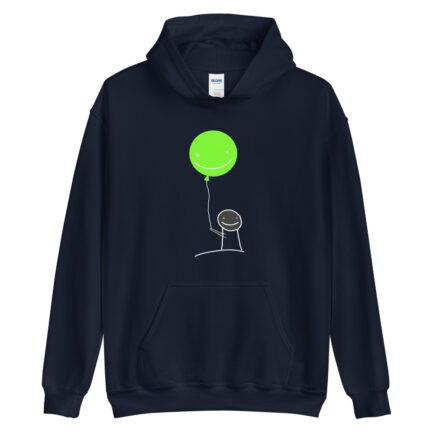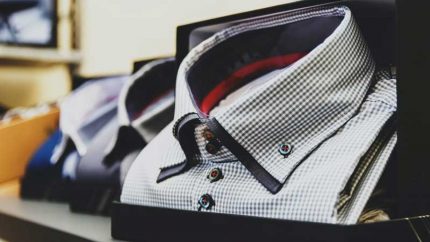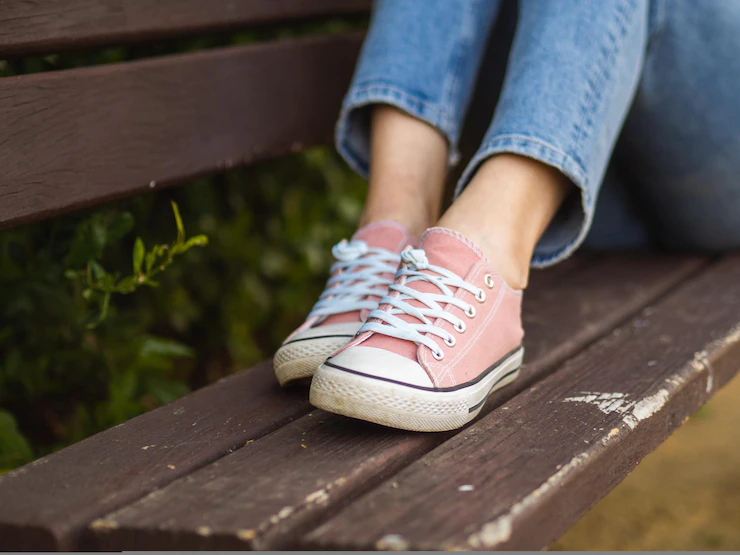5 Different Best Ways to Buy Diamond Earrings

You have decided to buy yourself diamond earrings as a gift yourself. Indeed, it is the perfect reward for all the hard work you do every single day. You know that the rare stones are an investment that will keep on gaining over the years. That is why you are taking your time deciding on the best one.
Your prudence makes a lot of sense. Shopping for diamond earrings is not like buying costume jewelry. The most obvious difference is the price aspect. You don’t expect to spend less than a few thousand dollars on the purchase. There is also the question of size, shape, color, and clarity.
And, you can’t quite decide between mined or lab-grown diamond earrings. It is interesting to note that the latter’s uptake is rising. The forecast for lab-grown or man-made diamonds is 19.2 million carats by 2030.
We understand how challenging diamond earring shopping can be. That is why we have put together the following five tips as a guide. At this point, you should have a pretty good idea of how much you will want to spend.
1. Decide Between Lab Grown and Mined Diamonds
For a long time, the only source of diamonds was from below the earth’s crust. That made the stones very rare and expensive. It wasn’t until 1954 that the first lab-produced or synthetic diamonds came to be.
The scientists replicated the same natural diamond-producing process but within a lab setting. That incorporated the compression of carbon and very high temperature and pressure to crystallize it.
As a first-time diamond buyer, your concern would be whether your lab-grown diamond earrings are of the same quality as the mined diamond earrings. The answer is yes. Indeed desertification and grading are no different from the ones mined diamonds go through. These stones must meet the 4Cs, which is the next point in this guide.
The final point worth noting is that you can spend upwards of 30% less on lab-grown diamonds. So yes, you will still get your perfect diamond earrings that meet all the quality standards.
2. Learn the Diamond Attributes
We talked about the 4Cs above. Educating yourself on what they mean is critical in buying the perfect diamond earrings. The GIA diamond grading system is the universal quality measure. It looks at:
-
Color Grading
Color grading ranges from D to Z. The most valuable are those without any color and resemble a clear drop of water. Those lower on the scale will have a yellow or brownish tint. Please note that the grading does not apply to naturally colored diamonds.
-
Clarity
Clarity is the lack of blemishes or inclusions. There are six categories ranging from flawless to those with apparent inclusions. The latter will not have the same brilliance and transparency as high-quality diamonds.
-
Cut
Cut determines the sparkle, fire, or brilliance of the diamonds. The grading ranges from poor to excellent. It would be easy to confuse cut with shape, but they are very different.
The shape is the visible output, such as round, oval, or pear, as we will discuss below. The diamond cut looks at factors like symmetry, polish, and proportions. An excellent combination is what gives the diamond that sparkle or brilliance.
-
Carat
Carat is the weight of the stones. One carat equals 200 milligrams. Ideally, the larger the carat, the more expensive the diamond. But, the other 3 Cs also come into play when determining costs. You could have a 10-carat diamond full of inclusions, color, and a POOR cut grading. That would be worth much less than a 2-carat flawless, without blemishes, excellently cut diamond.
Please note that for the untrained eye, identifying some of the differences would be very hard. When talking about clarity, for instance, there could be slight inclusions. Yet, the blemishes will only be visible under magnification.
The same applies to color. Telling the differences in stones falling in D, F, and G would be hard. Unscrupulous sellers can pass off fewer quality stones at premium pricing. So, please only buy your diamond accessories from reputable dealers. They should also furnish you with the diamond certification as proof of authenticity.
3. Determine the Diamond Earring Metal
The next step is to determine which type of metal you want for the earrings. The advantage you have is the tons of options. The diamond designer should be able to show you the range. Some fantastic options include white gold, yellow gold, rose gold, platinum, and silver. Please note the metal will have a significant impact on how the diamond looks.
- Yellow gold is the best option for colored diamonds.
- Rose gold and pink diamonds work well.
- The durable platinum brings out the brilliance and sparkle of colorless stones.
- Silver makes it to our list because it is more pocket friendly. And it also shares similarities with platinum and white gold in terms of looks.
Visit Here also lab grown diamond earrings for more blogs
4. Diamond Shape
Decide on the diamond shape you want, the shape of your face also plays a vital role in choosing the diamond shape. Popular ones include princess, round and cushion-cut. These have a classic and timeless look while offering maximum brilliance.
Others are Emerald, Marquise, oval, Asscher, and pear. Your style preference should guide you when choosing the shape.
Oval and cushion cuts have an antique look to them. Asscher and emerald shapes are striking due to the angled cuts and edges.
5. Diamond Setting
Another critical step in shopping for diamond earrings is to determine the setting. The designer may recommend four or six settings if you’re buying stud earrings.
The size of the diamond will determine the setting. If the stone is large, the number of prongs may be more for better anchoring/securing.
If the stone is small, the designer will go for fewer prongs so that it does not hide or overwhelm the diamond.
Other popular settings include bezel and halo settings. Halo settings are glamorous because they have a single stone surrounded by other stones to create a halo effect. You can also go for cluster earrings that use smaller ones to create a halo look. It may be a more cost-effective option than buying one large diamond.
Final Thoughts
Don’t spend your hard money on diamond earrings without taking the time to understand what you are buying. We have shared five tips on how to go about it.
But, there is one point we must reiterate. Please buy your diamond earrings from reputable dealers. It would be a pity for you to become part of the statistics of those who unscrupulous fellows have conned.





